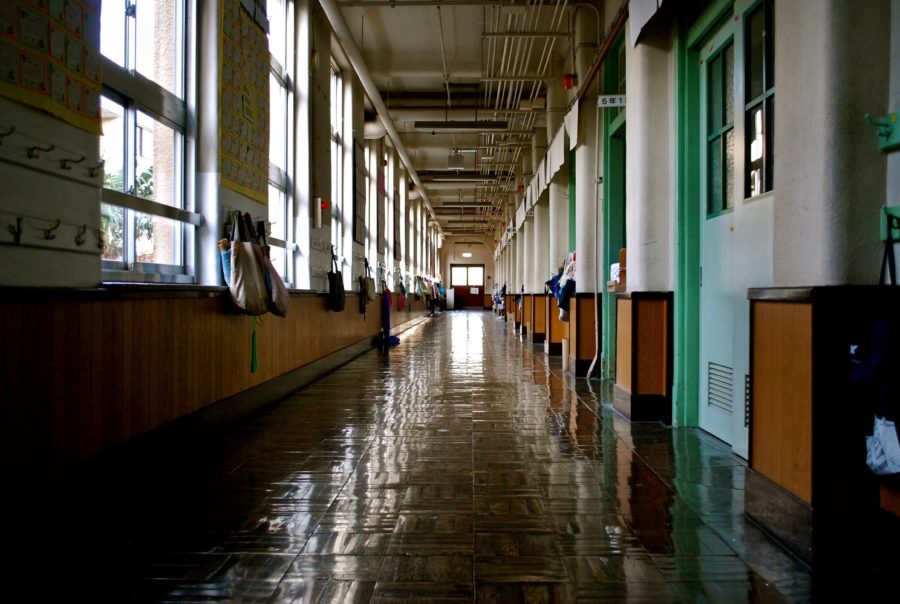Try searching here for GRAMMAR SCHOOL 11 plus practice papers
Timelines for grammar school entry
Most of our 11 plus practice papers and 11 plus test papers are free.
Typical annual 11 plus exam timelines for
- 11 plus registration
- 11+ exam
- 11 plus results day
Why go to a Grammar School?
Grammar schools are some of the highest performing schools listed in national league tables. Another perceived advantage of attending a grammar school is that of social mobility.How do I best support my child in preparing for the 11+?
- The best time to start preparing your child for the 11+ depends entirely on their current attainment levels and experience.
- Any support or tuition focused on preparing for the 11+ exam also brings a significant and broader benefit to your child’s, in terms of their general school work and confidence.
- Some parents will choose to prepare their child using resources available, such as the series of Bond 11+ books or GL and CEM past papers; other parents will choose to send their child to 11+ group tuition with classes outside of school hours.
- Other parents may choose to enlist the services of a professional tutor or teacher, who specialises in preparing children for the 11+ exam.
- Teachers To Your Home provides specialist 11+ Examination tutors who have considerable experience in preparing children for entry into grammar schools.
- All of our 11+ tutors are qualified and experienced teachers; a significant number working as teachers within the Primary, Prep and Grammar School Sectors and who have thorough knowledge and experience of the 11+ process.
- Most parents request 11+ tuition from Year 4 or 5. Initially, our 11+ tutors will provide an assessment of the child’s current levels.
What to do if your child does not pass the 11+?
If your child doesn’t do as well as you expected, parents can submit an appeal to challenge the decision. You can also consider applying again for a later selection, at 12+ or 13+.11 plus practice papers and 11 plus test papers
Slough and Reading Exam Format
The Slough and Reading 11 plus exam comprises two separate 11 plus papers; each lasting approximately 60 to 65 minutes. There is a mixture of questions on comprehension, verbal reasoning, mathematical reasoning, and nonverbal reasoning. The papers are categorized into timed sections as well as the instruction we provide it on an audio soundtrack. Most of the questions are multiple-choice and the answers are completed (and then marked) using a separate machine-readable sheet. Next, some more challenging Maths test tips.
11plus Science papers
11+ Science (ISEB 2018) 11 plus Science Mark Scheme (ISEB 2018)

In our opinion, your child needs to view going to a grammar school as one option for them. That way if they don’t get in, it Is because grammar schools weren’t the best fit. So, be open about the amount of 11 plus prep and 11 plus practice that will be required. Promote a growth mindset by avoiding the belief that your child has failed somehow.
How much does a 11+ tutor cost?
Reports also show that the number of tutored children is also rising sharply. According to education and social mobility charity The Sutton Trust, one in four secondary school children now receives private tuition. This compares to less than one in five a decade ago. 
However, the good news is that prices can vary considerably and it is definitely worth shopping around. A quick look at the Tutorfair website, which acts as a hub for private tutors, shows that the typical price of a tutor per hour outside of London is between £30 and £50.
11 plus tutor cost guide
One important factor is whether the tutor is a qualified teacher. Basically, you will pay much more if they are qualified and have significant experience of tutoring – ie. 10 years or more. You may also pay more if they have an Oxbridge degree, or if they are a specialist in a certain subject.
This is particularly true of Maths tutors. Of course in London, you can expect to pay even more, given the generally high demand for grammar schools in the area.
Top 11 plus tutor cost tips
- Don’t assume that the most expensive is the best As with most things, it is possible to bag a bargain.
- You just need to do your homework. TV programmes like Shop Well For Less show us you don’t need to spend a fortune on flashy labels to get good quality products. So it is with tutors.
- Many tuition websites provide user ratings for their tutors. And it is definitely worth reading these before you make a decision.
 –
–- Also don’t necessarily assume that a qualified teacher (ie one with PGCE, QTS certificates) is the best person to tutor your child.
- Even though qualified teachers generally command much higher prices than non-qualified teachers they aren’t necessarily better.
- There are some very good graduates out there with a good track record of getting children through their 11 Plus. Expect to pay around £30 for an unqualified teacher compared to around £50 per hour for a qualified teacher.
- Don’t commit to too many sessions! Every child is different, but generally speaking, you shouldn’t spend more than a few months getting your child tutored for the 11 Plus.
Splitting the bill
- Using a group tutor inevitably brings the costs down. For example, tuition company Explore Learning charges approximately £129 per month for two sessions a week of 1 hour 15 minutes each.
- These take place with up to six children per tutor. This compares favourably price-wise to one-to-one tuition which currently averages around £40 per hour.
Do it Yourself!
OK, this might not be your preferred option. However, parents with a bit of time and patience can invest in coaching books designed around the 11 Plus exams. You can find a vast selection of various papers on this site.

Who were grammar schools aimed at?
Grammar schools are state secondary schools which select their pupils by means of an examination taken by children at age 10 or 11. This is known as the “11-Plus”.
The first grammar schools, called ‘scolae grammaticales’, such as King’s School in Canterbury, first appeared from the 6th century. They were usually attached to cathedrals and monasteries. They focused on teaching Latin which was the language of the church. However, it wasn’t until the Education Act of 1944 that the first state-funded grammar schools emerged.
They were aimed at the most intellectual 25% of children (as defined by the 11-Plus). They focused mostly on an academic curriculum, including Latin. Initially, children studied for the School Certificate and the Higher School Certificate. However, these were replaced in 1951 with the General Certificate of Education (GCE) at ‘O’ (Ordinary) level and ‘A’ (Advanced) level.
In the 1940s and 1950s, there were over 1200 grammar schools that were fully state funded. There were also a smaller number of direct grammar schools which were partly state-funded but also took money from fee-paying parents (ie. Manchester Grammar School).
When is the 11 Plus taken?
Children generally sit the 11-Plus test for grammar schools during the Autumn term of Year 6, which is the beginning of their last year at primary school. This means that they are likely to be 10 or 11 years old when they take the exam. They will enter secondary school in September of the following year (Year 7) when they are 11 or just turning 12.
Other types of state school
The alternative was secondary modern schools. Aimed at children aged between 11 and 15, secondary modern schools taught some academic subjects, such as arithmetic. However, they usually focused on more ‘practical’ skills including metalwork, woodwork and cookery. Before the advent of the national curriculum in 1988, it was up to the individual school to decide the exact subjects they taught.


